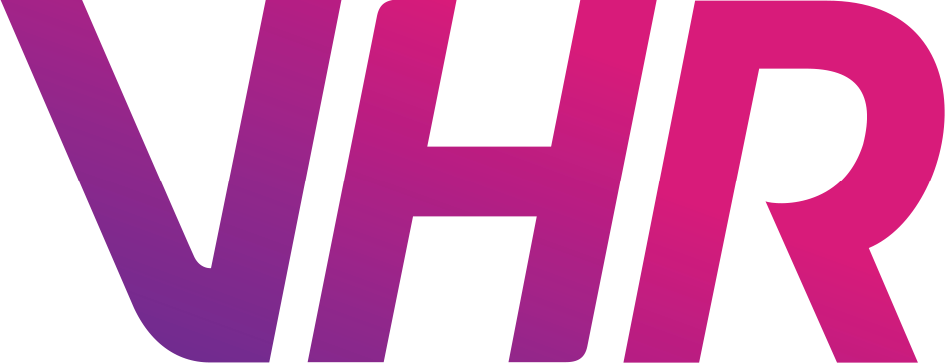Top 10 Things Head-hunters Want to See in LinkedIn Profiles
In today’s fast-paced job market, particularly in technical industries like Aerospace & Aviation, F1 & Automotive, Engineering & Manufacturing, Defence & Security, Marine, and Renewables & Energy, LinkedIn is more than a networking site—it’s your digital CV. With over 61 million professionals using LinkedIn to search for jobs each week, your profile needs to stand out from the crowd.
Headhunters and specialist recruiters like VHR use LinkedIn daily to find the right candidates for highly skilled roles across 57 countries. So what exactly do recruiters want to see on your profile?
1. A Clear and Professional Headline
Your headline should be more than just your job title. A concise, keyword-rich headline helps headhunters immediately understand what you do and what you offer. Use this space to highlight your specialism: for example, “Aerospace Structural Engineer | Composite Materials | EASA Part 21”.
2. A Compelling Summary Section
This is your elevator pitch. In 3–5 sentences, summarise your experience, achievements and what you’re looking for next. Include key skills and industry terminology to boost your visibility in search results. Tailor it toward the sector you work in, such as Marine Engineering or Renewable Energy.
3. Industry-Specific Keywords
Head-hunters use LinkedIn’s search tool to filter candidates by keywords. Use terms common to your industry and role—like “CATIA V5,” “Lean Manufacturing,” or “Sustainability Engineering”—throughout your profile, particularly in the headline, summary, and job descriptions.
4. A Complete Work History
Recruiters want to see a timeline of your experience. List your current and past roles, making sure each entry includes a short description of your responsibilities and achievements. Use action verbs like "Led", "Implemented", or "Designed", and quantify results where possible.
5. Relevant Skills and Endorsements
LinkedIn lets you list up to 50 skills—choose wisely. Prioritise those most relevant to your industry and position. Encourage colleagues to endorse your skills to strengthen your credibility. For those in technical fields, focus on both hard (e.g., MATLAB, AutoCAD) and soft skills (e.g., team leadership, project management).
6. A Professional Profile Photo
A high-quality, friendly, and professional-looking headshot builds trust and gives recruiters confidence in your credibility. Avoid casual photos—dress appropriately for your industry and keep the background simple.
7. Recommendations from Colleagues and Managers
Personal references speak volumes. A few well-written recommendations from managers, clients, or teammates can differentiate you from similar candidates. Ask for recommendations that highlight the specific skills or projects headhunters are likely to be interested in.
8. Licences, Certifications, and Training
In highly regulated industries, up-to-date licences and certifications are essential. Whether it’s an EASA B1 licence, ISO 9001 training, or a Six Sigma certification, list them clearly. This shows you’re qualified and ready to start quickly—often a key concern for recruiters placing contract workers.
9. A Portfolio of Projects (If Applicable)
For roles in engineering, design or digital technologies, LinkedIn’s “Featured” section allows you to share project examples, images, or documents. Use this to highlight CAD drawings, simulation results, or technical case studies, especially those aligned with your desired roles.
10. Activity and Engagement
A dormant profile is less attractive to recruiters. Share or comment on relevant industry news, follow major organisations in your sector, and contribute to group discussions. This not only boosts visibility but demonstrates your commitment to staying current in your field.
How This Relates to Technical Recruitment
In sectors like Aerospace & Aviation or F1 & Automotive, where talent gaps are growing, having a standout LinkedIn profile helps you get noticed faster by recruiters and decision-makers. Whether you’re looking for permanent roles or contract opportunities, VHR’s global reach means a strong LinkedIn profile could land you your next job anywhere from the UAE to Hungary.
VHR’s consultants regularly search for candidates with niche skills—like precision machining, composite fabrication, and avionics installation. A strong LinkedIn profile helps us match you with roles more effectively and efficiently.
Final Tips for LinkedIn Optimisation
· Keep your profile updated—especially your contact info
· Make sure all sections are filled out, including education and volunteer work
· Set your profile to “Open to Work” if you're actively job-seeking
· Add your CV and portfolio under the “Featured” section
Further Reading from VHR
If you found this helpful, you might also like:
· How to Spot a Fake Job Advert
· How to Explain a Gap in Your CV
· How to Secure an EU Visa or Passport
For more advice, browse our career tips blog or explore our current technical job opportunities.
Explore Our Specialist Areas
Interested in a new role? Learn more about our industry specialists:
· Marine








